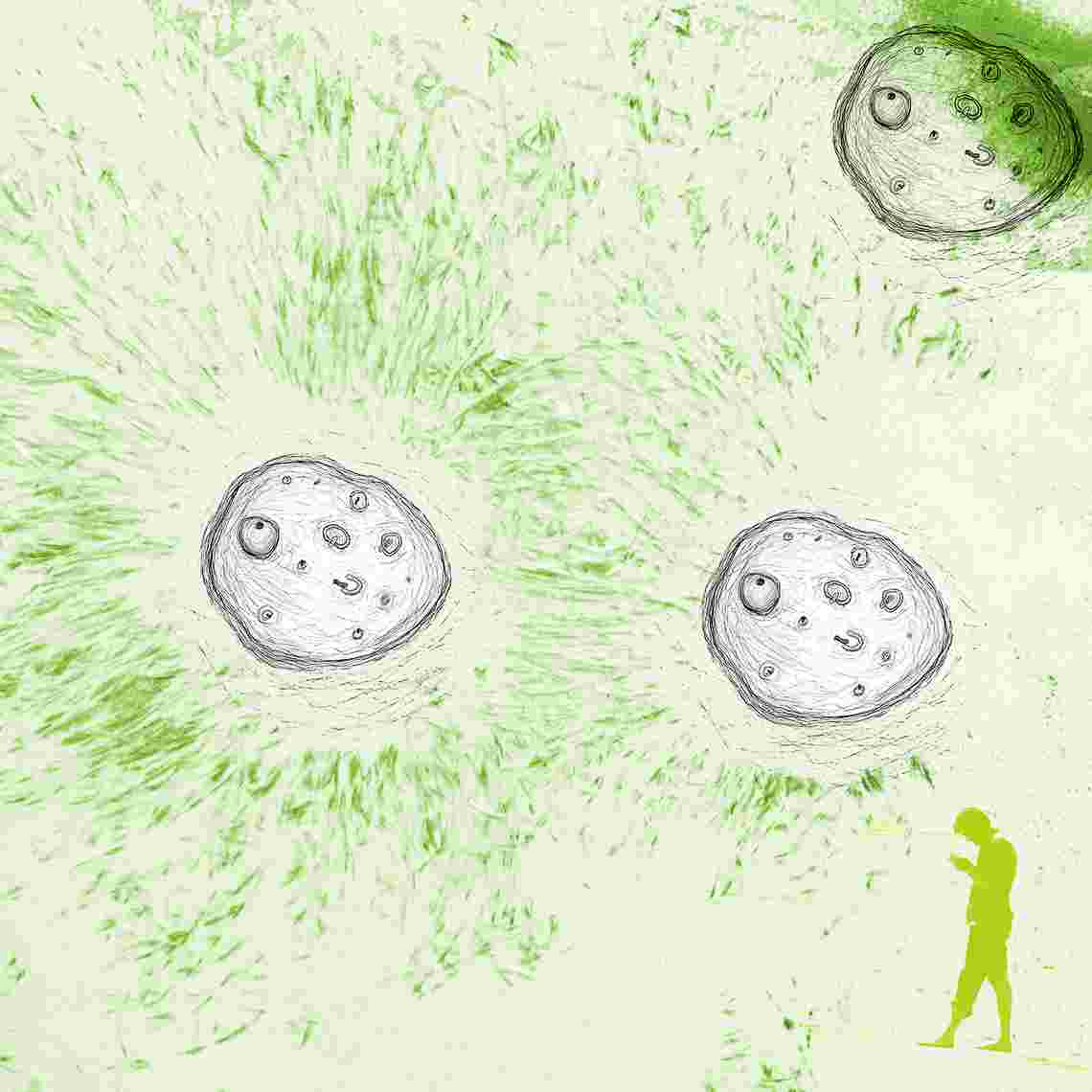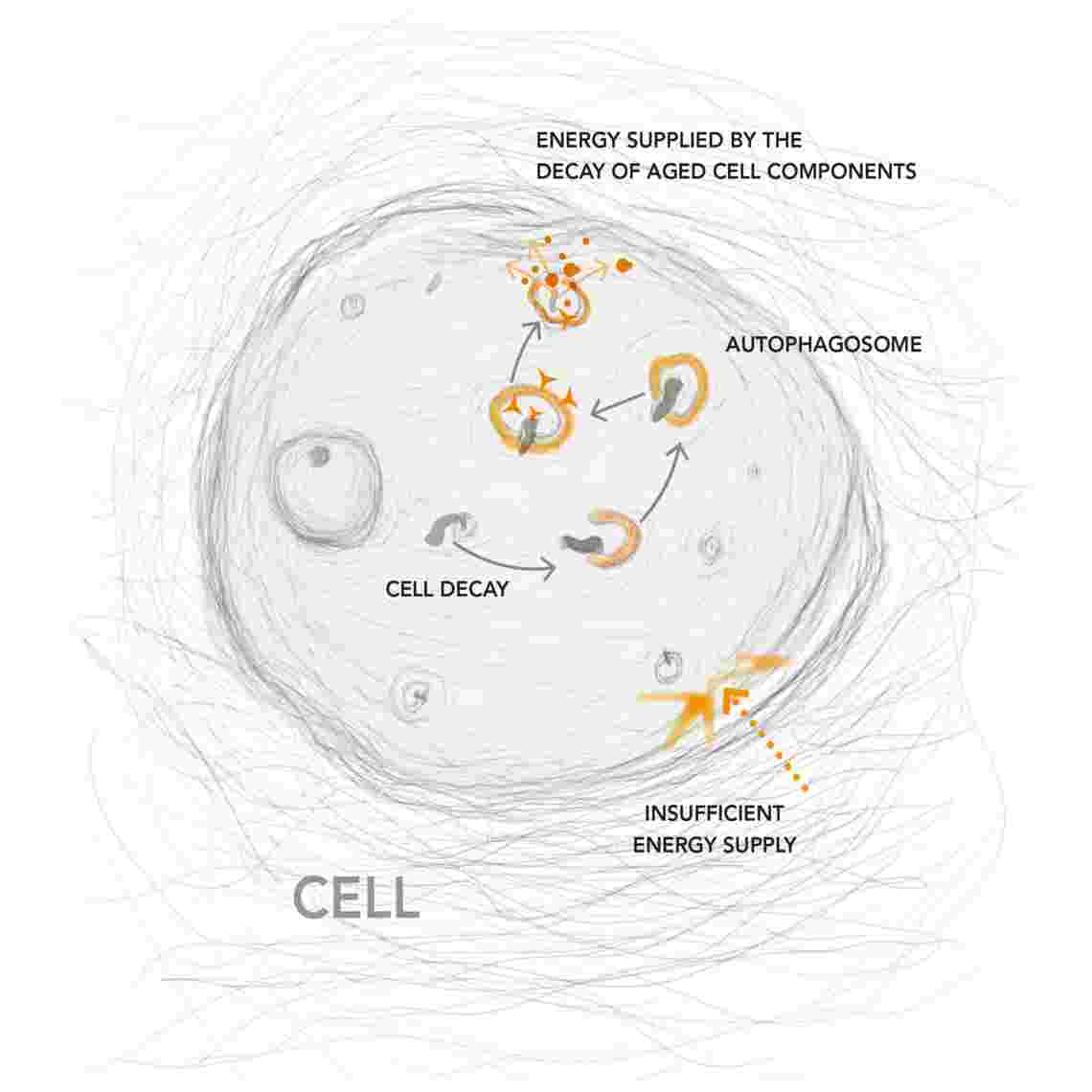
FASTING KICK-STARTS THE AUTOPHAGY PROCESS IN OUR CELLS
Since Japanese scientist Yoshinori Ohsumi won the Nobel Prize for Medicine and Physiology in 2016 for his enlightening work on autophagy in yeast fungus, fasting has become the focus of scientific attention. As a result, fasting can be seen more than ever these days as a legitimate purging and detoxification process.
